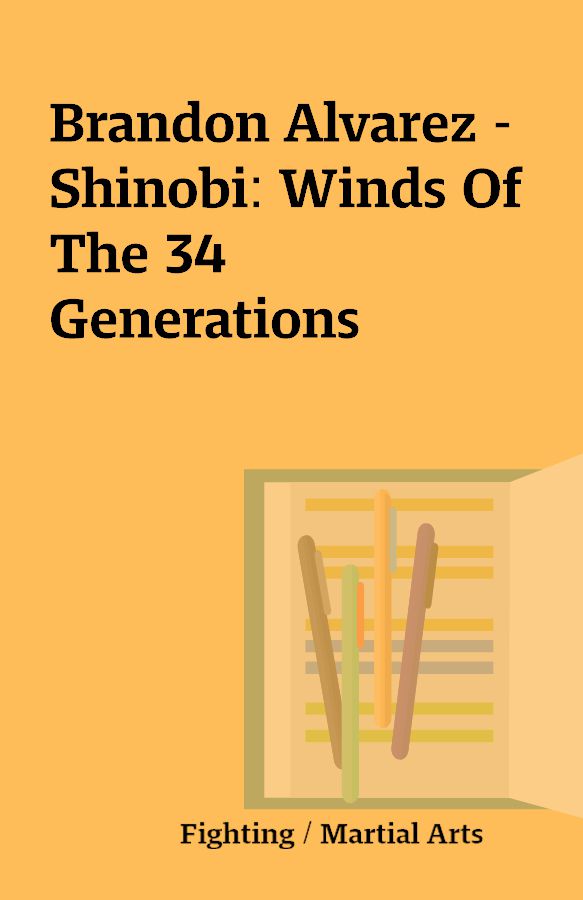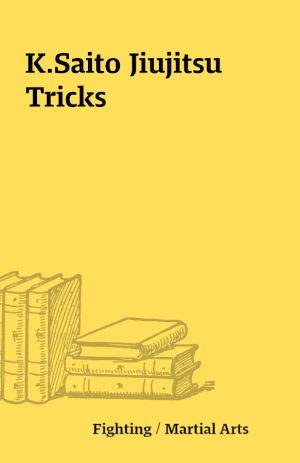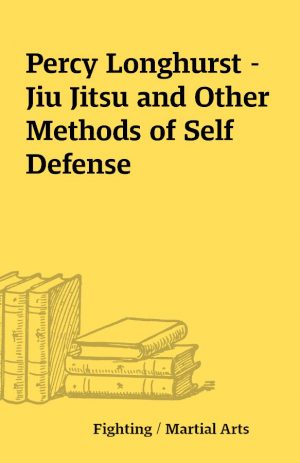Brandon Alvarez – Shinobi: Winds Of The 34 Generations
Shinobi – Winds Of The 34 Generations.avi
[1 DVD – Rip]
Description
Filmmaker Brandon Alvarez really did his homework on this one. This in-depth and comprehensive documentary chronicles the events and history behind the legendary ninja guerilla warriors of medieval Japan, and the viewer is treated to rare interviews with world-renowned ninjutsu authorities and master practitioners.Ninja-relevant historical sites such as Yagyu Village, Iga-Ueno, Enryaku-ji and the hidden falls of Mt. Maya are explored and centuries-long misconceptions are unraveled. The film even takes us as far as Nabari and into the home of the present-day 19th-generation descendant of the legendary sixteenth-century ninjutsu master Sandayu Momochi.As Unsui Manaka, head of the Jissen Kobudo Jinenkan explains at one point in the documentary, “The basic difference between the samurai and the ninja was that samurai put great emphasis on avoiding shame. The ninja’s way was said to be ‘enduring shame and letting go of grudges’. The ninja would endure any shame in order to carry out the objective they had been given. The result of being maligned was that it caused the ninja to polish their technique, and practice hard to develop abilities that the samurai did not have.”That ninja were not just invisible assassins but could also rise to fame as is perhaps best seen by the example of Hanzo Hattori (1541-1596), whose incredible abilities made him the most successful ninja in Japanese history. He drew the attention of Ieyasu Tokugawa who used Hanzo’s services on numerous occasions in his drive to consolidate his power during the Sengoku Period. Upon the establishment of the Tokugawa Shogunate, Ieyasu put Hanzo and his band of operatives in charge of rear gate security for Edo castle. Something to which Hanzomon subway station in Tokyo can attest to this day.Then why is it that so little historical knowledge about the ninja has survived? As usual, there is more than one answer. “Certain prestigious fencing schools of samurai lineage,” says Unsui Manaka, “are known to employ ninja tactics in their curricula of instruction. The concepts of ninjutsu are included in all martial arts. Even the famed Yagyu Shinkage lineage included ninjutsu, though on the outside they are called a sword school. For real combat one cannot survive with only sword skills. Naturally, one needs unarmed skills, strategy, tactics, and information gathering. These are categorized as ninjutsu, and thus do not appear up front. As a result, there are few existing scrolls on ninjutsu.”There are also few existing documents because when Ieyasu Tokugawa became shogun in 1603, the peace that ensued made the skills of the ninja less and less important. Before long, even the mention of the word ninja could bring about swift execution by policing samurai. The few ninjutsu lineages that survived were passed on by word of mouth. Very little was ever written down as a form of instruction for fear of being discovered and the families/clan killed.But this doesn’t mean that none of the ninja lineages has survived. Today, ninjutsu is practiced worldwide, mainly due to the efforts of people like Masaaki Hatsumi*, 34th-generation Grandmaster of the Togakure-ryu.The documentary is conveniently structured into nine chapters, and covers everything from history to modern-day ninjutsu practitioners.
You must be logged in to post a review.






Reviews
There are no reviews yet.